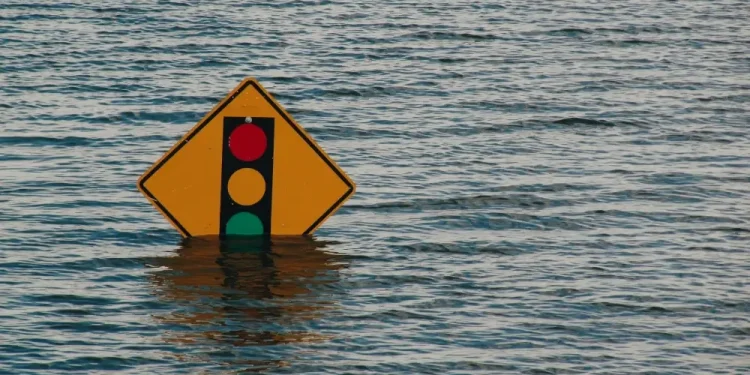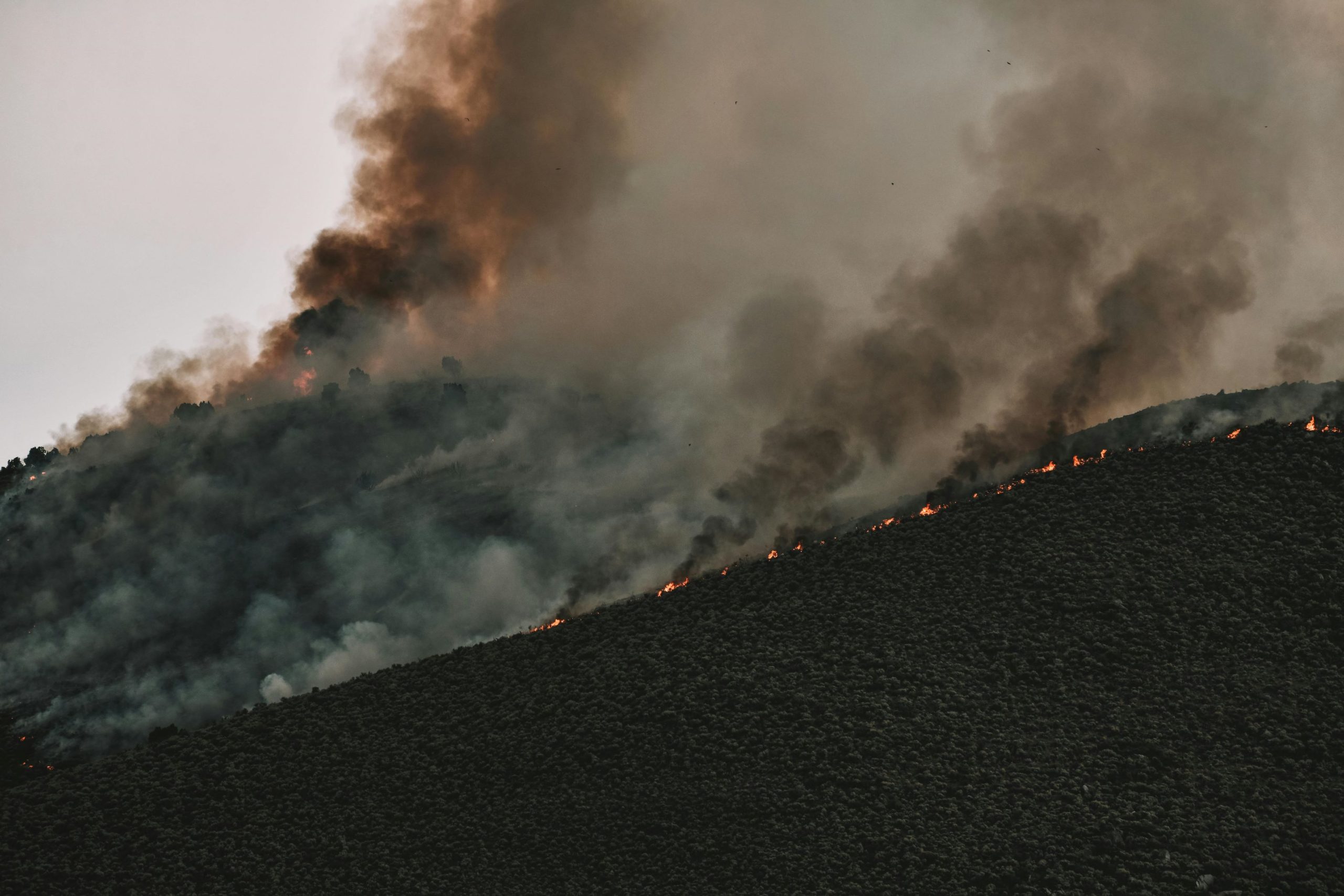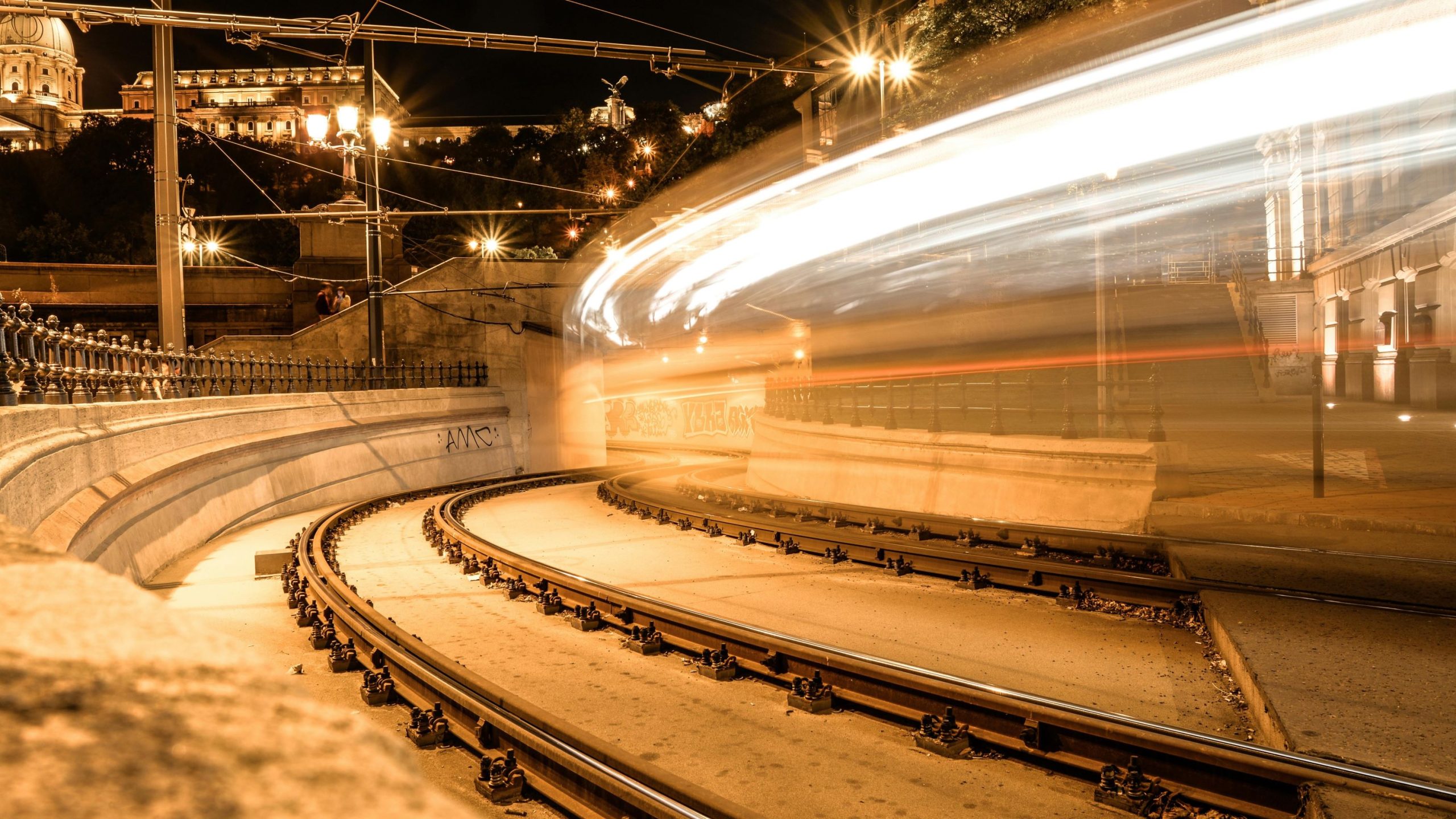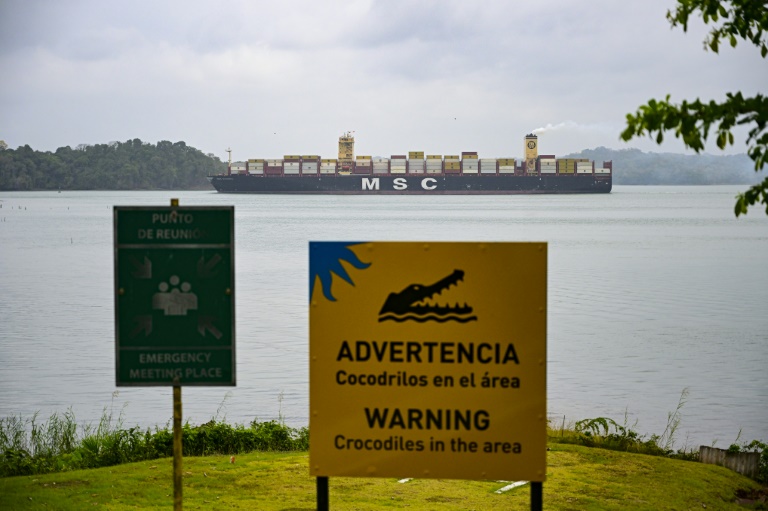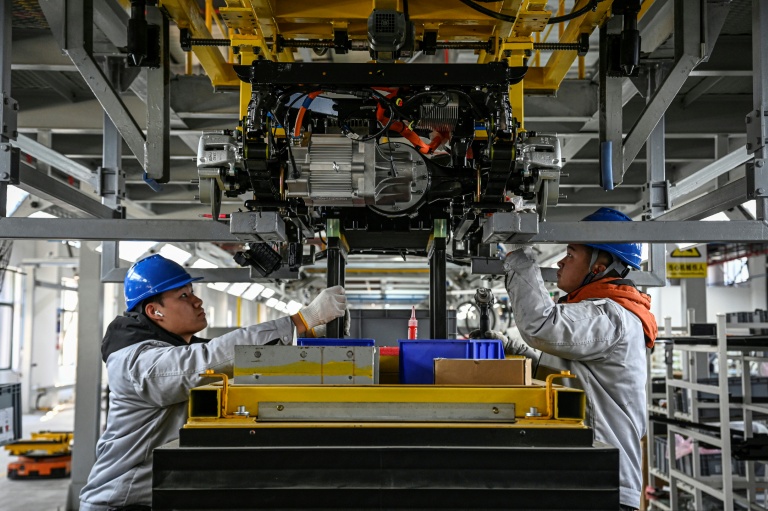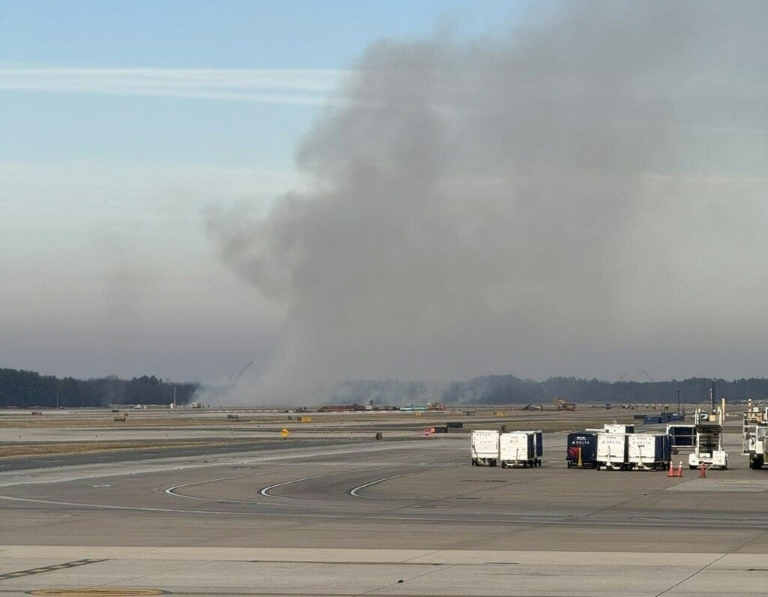In the annals of history, few disasters have left as indelible a mark as the Chernobyl nuclear catastrophe of 1986. It wasn’t just a meltdown; it was a cataclysm of colossal proportions, a chilling testament to the perilous consequences of governmental negligence and hubris. Picture this: a vast, imposing nuclear power plant looming over the Ukrainian landscape, its towering reactors humming with the promise of progress and power. But behind the facade of technological prowess lay a fatal flaw—a fatal flaw compounded by the Soviet Union’s insatiable hunger for dominance and prestige. The Soviets, in their quest to demonstrate superiority, cut corners where it mattered most: safety. The Chernobyl plant was a ticking time bomb, plagued by design flaws and riddled with inadequate safety protocols. But perhaps the most egregious oversight was the human factor—reckless decisions made by overconfident operators during a poorly conceived safety test. Imagine engineers toiling away in the bowels of the plant, their brows furrowed with concentration as they pushed the limits of the reactor beyond reason. It was a gamble they never should have taken, a gamble that would cost countless lives and irrevocably scar the land. But the tragedy didn’t end there. In their desperation to save face, the Soviet authorities obscured the truth, shrouding the severity of the disaster in a veil of secrecy. They failed to evacuate nearby towns promptly, leaving unsuspecting citizens to face the invisible menace of radiation. The aftermath was apocalyptic. Hundreds of thousands were forced to flee their homes, leaving behind ghost towns frozen in time. The land itself became a wasteland, poisoned by radioactive fallout that would linger for centuries.
There are of course other examples where the government failed to calculate the risks properly and thus inwardly caused a bigger catastrophe that could’ve been avoided had proper risk management been done.
Few natural disasters have left as indelible a mark as the North Sea Flood of 1953. This cataclysmic event, which struck the Netherlands with unforgiving force on the night of January 31st, stands as a stark reminder of the devastating power of nature and the importance of being prepared for the worst. As the winds howled and the tides surged, a powerful storm descended upon the low-lying lands of the Dutch coast. High spring tides combined with the ferocious onslaught of nature to breach the dikes and flood defenses, unleashing a torrent of water upon unsuspecting communities. In the darkness of that fateful night, chaos reigned supreme. Homes were swept away, livelihoods destroyed, and lives lost in the merciless embrace of the floodwaters. The scale of the disaster was staggering, with over 1,800 souls perishing in the watery onslaught and countless others left to pick up the pieces of shattered lives. In the aftermath of the deluge, the Netherlands found itself grappling with the monumental task of rebuilding and recovery. The devastation was widespread, with entire towns submerged beneath the murky waters of the North Sea. But amidst the despair, there emerged a steely resolve—a determination to rise from the ashes and fortify against future calamities. The North Sea Flood of 1953 served as a wake-up call for the Dutch government, spurring them into action to prevent such a tragedy from ever happening again. Thus began the ambitious undertaking known as the Delta Works—a marvel of engineering prowess aimed at bolstering the country’s flood defenses and protecting its vulnerable coastline. Over the ensuing decades, the Netherlands embarked on a Herculean effort to construct a network of dams, sluices, locks, dykes, and storm surge barriers designed to withstand even the most ferocious of storms. The result was a testament to human ingenuity and resilience—the Delta Works stood as a formidable bulwark against the forces of nature, ensuring the safety and security of future generations.
Disasters and catastrophes are still bound to happen here and there. But it is the duty of the government to prevent such accidents in the future by properly planning ahead and by factoring in all the things that could possibly go wrong. A similar approach should be used in business, whether you are a seasoned business owner or someone who is just getting started, it is never a wise idea to approach a problem without assessing the risks properly. Now it might not always be possible, to predict any and all events, but what needs to exist is a sort of resilience which would allow one to properly improvise and overcome. If for example you have a strawberry plantation that requires certain amounts of water and that can barely resist onslaughts of hail and other poor weather events, you need to account for them. It’s unwise to spend all your money in planting as many strawberries as possible and while it would yield the biggest possible profit if nothing were to go wrong, things rarely turn out that way and going that route is no different than giving your money to the casino, as it’s a form of gambling. In business, if one wants to make it, he has to asses his risks and plan accordingly, it is important to have a safety net in place when things go south and to still come up on top. If the strawberry farmer invests 50% in planting strawberries and on pesticides, fertilizers and whatever other goods he may need and the other 50% to prevent any misfortunes, by providing ample water through a high quality irrigation system and by also installing rockets that can prevent a hailstorm (the government often times steps in to prevent such events, but one cannot always rely on them) and also to account for the many other things that could go wrong, he is less likely to make as big a profit as the other farmer who did none of those things if everything goes well that year. But what if a drought happens? What if a hailstorm happens? The other farmers who didn’t asses the risks properly and didn’t put safety nets in place will lose most if not all of their strawberries and the farmer who had preventive measures in place will keep most if not all of his. The end result is that there will be a lack of strawberries, the price goes up and he ends up making twice, or perhaps even thrice as much as he initially thought he would. As he has safety nets in place, next year he can plant way more strawberries and just slightly upgrade those safety nets to account for the greater amount of planted crops. This way he ends up being ahead of his competition who failed to do the same. This was of course a very simplistic example, however it can easily be extrapolated onto any field, be it a government project or a personal business or that of a multi-billion dollar company.
Another thing that a business needs to be able to do is to improvise, adapt and overcome any challenges that come it’s way. If you are the owner of a restaurant in the city center, you end up paying a hefty rent. But a pandemic comes around and you have way less people coming to your restaurant than ever before. The rent stayed the same or it might have even gone up as it’s often the case during economic uncertainty. Yet you don’t have enough money to pay the bills, yet alone make a profit. If you however decide to not end things there, but to relocate to a cheaper neighborhood, which has a big population that is willing to order online, you could still keep your business afloat. You just switch things up and do home deliveries or turn your restaurant business into a cratering business. Others who fail to see the opportunity in times of crisis will fail, but because you as an individual refused to give in and decided to the best with a badly dealt hand you overcame and prospered, as the competition eliminated itself. Naturally it is wise to at this point plan ahead for when the pandemic ends and things go back to normal. As a business owner one has to be a strategist always planning ahead, assessing risks and once in a while when things do go south due to a wrong prediction or something unpredictable happening, being able to keep your cool and again reassess your position and do the best at that given situation.
The government if it wants to properly serve the people needs to do the same. During construction they need to think about who would have an interest of destroying the project, terrorists, insurgency groups, enemy nations? The Russians are destroying the energy infrastructure of Ukraine, if Ukraine ends up winning, once they rebuild said infrastructure, they need to build it in such a way which would make it much harder for the enemy to destroy it again and costlier, because the cost of planning ahead for these things is cheaper than the cost of having repairs done and the billions lost due to a lack of electricity. Similarly the Japanese did a bad job with Fukushima. It’s widely known that Japan has earthquakes and tsunamis every decade or so, which are so destructive that they leave thousands and hundreds of thousands dead, but an even greater risk is posed if toxic or radioactive waste is spilled, making the environment uninhabitable for humans for centuries to come. On such a densely populated island such as Japan space is very precious. They cannot afford to have less of it. Thus instead of relying on luck and Good fortune from the Gods it will be necessary in the future to construct such facilities in mind that things can go completely wrong.

